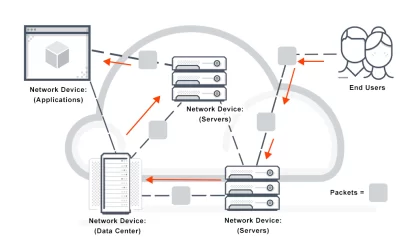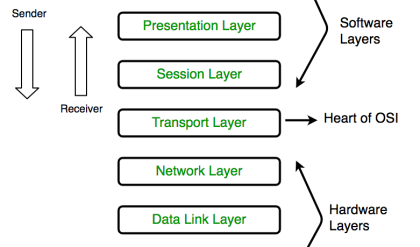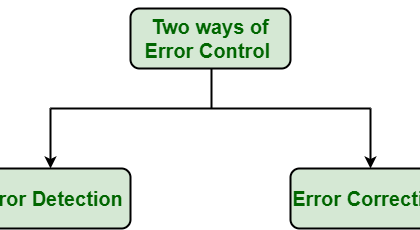The PSTN is very inefficient. This inefficiency stems from the number of circuits and the revenue received per circuit. The PSTN would approach 100% efficiency if all the circuits were used all the time. The facts are that the PSTN approaches total capacity utilization for only several hours during the working day. After 10 P.M. and before 7 A.M., capacity utilization may be 2% or 3%. The network is dimensioned (sized) to meet the period of maximum usage demand. This period is called the busy hour (BH). There are


two periods where traffic demand on the PSTN is maximum: one in the morning and one in the afternoon. This is illustrated in Figure 1.7.
Note the two traffic peaks in Figure 1.7. These are caused by business subscribers. If the residential and business curves were combined, the peaks would be much sharper. Also note that the morning peak is somewhat more intense than the afternoon busy hour. In North America (i.e., north of the Rio Grande), the busy hour (BH) is between 9:30 A.M. and 10:30 A.M. Because it is more intense than the afternoon high-traffic period, it is called the busy hour. There are at least four distinct definitions of the busy hour. The IEEE (Ref. 2) gives several definitions. We quote only one: “That uninterrupted period of 60 minutes during the day when the traffic offered is maximum.” Other definitions may be found in Ref. 4.
BH traffic intensities are used to dimension the number of trunks required on a connectivity as well as the size of (a) switch(es) involved. Now a PSTN company (administration) can improve its revenue versus expenditures by cutting back on the number of trunks required and making switches “smaller.” Of course, network users will do a lot of complaining about poor service. Let’s just suppose the PSTN does just that, cuts back on the number of circuits. Now, during the BH period, a user may dial a number and receive either a voice announcement or a rapid-cadence tone telling the user that all trunks are busy (ATB) and to try again later. From a technical standpoint, the user has encountered blockage. This would be due to one of two reasons, or may be due to both causes. These are: insufficient switch capacity and not enough trunks to assign during the BH.
Networks are sized/dimensioned for a traffic load expected during the busy hour. The sizing is based on probability, usually expressed as a decimal or percentage. That probability percentage or decimal is called the grade of service. The IEEE (Ref. 2) defines grade of service as “the proportion of total calls, usually during the busy hour, that cannot be completed immediately or served within a prescribed time.”
Grade of service and blocking probability are synonymous. Blocking probability objectives are usually stated as B = 0.01% or 1%. This means that during the busy hour, 1 in 100 calls can be expected to meet blockage.





